|
The Field Station is always thinking of new ways to reach out to our community, and part of that is figuring out what kinds of new programs we can offer to people with different interests. We love all of our scientists, but we also realized that we have a great opportunity to introduce even more people to the beautiful Eastern Shore. This week, we welcomed a group of young artists to explore the world of coastal art in Chincoteague! Coastal Art camp is open to ages 13-18, and by the end of the week the campers will have an entire portfolio of artwork to take home with them. These art projects combine art and nature - campers use plants, shells, grass, and even upcycle trash that has washed up on shore to make art. On Monday, educators Jesse and Nate took the campers onto the beach at Wallops Island, a beautiful, pristine beach and a great place to be inspired by nature. The campers collected shells, made plaster casts in the sand, and collected different dune grass for basket weaving later in the week. Campers learned about coastal ecology and about the plants that they would use to create their art. Species found in the embryo dunes at Wallops include sea rocket and Russian thistle, while accumulating dunes have american dune grass and panic grass, and mature dunes have wax myrtle and bayberry. The mature dunes serve as a transition zone, where plants become more like wood plants rather than beach plants. The young artists use this knowledge as background in creating their work. Tuesday took the campers away from the beach and into the woods, to Pocomoke River State Park, where they went on a nature hike and created nature journals about the different plants and animals they saw. As artists do, they went in style, with faces painted like superheroes and fish. On the hike, campers collected leaves to press back at the lab and used watercolors to paint the scenes in front of them. Midway through the hike, they stopped to write poetry. Jesse and Nate encouraged the campers to leave their comfort zones and to include nature writing and poetry in their journals. The poetry ranged from a thoughtful haiku about a heart-shaped leaf to a witty limerick about a mosquito. Coastal art camp has just begun, and we are just as excited as the campers to see where the rest of the week brings!
0 Comments
CBFS staff hosts groups young and old alike to the Field Station to participate in our camps and day trips. Last week, we welcomed a group of grandparents and grandchildren for our first Road Scholar Intergenerational Camp of the summer! These camps offer a hands-on learning experience for children and their grandparents, a great way to promote learning science and a fun bonding adventure with family. On Thursday, our campers went to Wallops Island to learn more about dune ecology. As a barrier island, Wallops acts as a border between the mainland and the ocean, catching marine life and ocean materials from the deep sea. Assateague and Chincoteague are also barrier islands. Educator Maria taught the campers that dunes are important because, like the islands, dunes are barrier systems. After boarding the bus, Chaz talked about the different aspects of Wallops that we would soon see on the beach. CBFS has access to the side of Wallops Island owned by the Navy/NASA, and is able to take participants on site to see a relatively pristine coastal ecosystem. Typically, Wallops Island is open only to government employees. At the beach, campers collected shells and identified examples of dune succession, including parts like embryo dunes, accumulating dunes, and mature dunes. Children made observations about shells and organisms that washed up on the beach while their grandparents collected shells as a memento of this experience. After everyone had enough time to enjoy the beach and observe the environment, Maria and Chaz answered questions about the shells the campers found and talked more about the dunes and the organisms found on the beach, including a ghost crab that happened to scuttle out in the day time. Back at the lab, the campers identified different micro and macro organisms and learned more about what they saw today. They rotated through different stations and used field guides to confirm the names of a variety of plants and animals, learning fun facts along the way. Wallops Island is just one trip on a six day adventure. The campers take a trip each day to explore barrier islands on Virginia's Eastern Shore, learning about the islands’ history and coastal ecology. Spencer and his grandfather loved walking around the island and seeing the dunes. “Science is fun, I liked collecting all the shells. I like being here without my brothers and sisters so I can spend some time with just my grandpa," Spencer said. Some participants were returning to the Field Station for a second or third time, bringing different grandchildren to share this special bonding experience. Chincoteague Island always has something new and exciting to offer, whether it’s you first time here or your fifth!
You can read more about our grandparent/grandchild trips here, and more about our other family programs here! Captain Tom took our Marine Adventure Science day campers out on the boat yesterday, where educators Jesse and Nate lead them in a series of activities about the coastal habitats of Chincoteague Bay marine life.
Pictured in the slideshow above, these campers got to learn hands-on about the water they were standing above: the PH balance, the salinity, the qualities of its sediment, and what these things mean for the environment. They used the boat to trawl for fish that they could study back at the Field Station. “My favorite part about camp so far was playing in the marsh,” Lindsay said. “I thought it was fun! A lot of people thought it was messy, but I liked it." Throughout the week, campers also made crafts, explored beaches and coastal environments, and went on nature trail hikes. All of these things help them learn about the ecology of Virginia’s Eastern Shore while also soaking up the sun and getting their feet wet, a staple of summer at the Field Station! CBFS offers day camps during the summer for campers ages 5-15, along with overnight camps for ages 8-18 in coastal ecology, marine biology, coastal art, and kayaking. Session II of our college summer courses is coming to a close on Friday, which means another new group of students will be moving into the Field Station in less than a week. You might think that the last week of classes would be a bit laid back, but it's just the opposite here! On Friday the Ichthyology class ventured out to Kiptopeke State Park and Savage Neck identify as many different species of fish that they could collect. Dr. Steve Seiler of Lock Haven University lead his class to Kiptopeke State Park to begin their day trip this past Friday, lasting from from 8:30 am to 5 pm. The students lathered up in bug spray and sunscreen in preparation for the heat of a full day of studying fish, and soon enough they ventured out into the waters of the Chesapeake Bay. Dr. Seiler, who has been teaching classes at the Field Station for three years, helped the students seine for fish. For both Kiptopeke and Savage Neck, the students had a goal of how many species they needed to identify, and would use the nets to catch fish until they met that goal. They used field guides to identify species that they didn’t immediately recognize, and used Photariums to take photographs of the fish and store measurements that they could record back at the lab. Then, the fish would be released. “Going to a school in Pennsylvania, as a marine science major you don’t really get the hands-on experience at school. You’re in a lab setting looking at preserved specimen,” Tabitha, a student from West Chester University, said. “Down here, you’re actually going out into the field, using sampling techniques that you can use in the real world at a real job. You’re finding specimen alive, learning to identify them, and learning about their habitats.” The students sometimes used a different process for gathering information, which involved putting the fish to sleep and measuring them on a photo board. The fish were then moved into a recovery bucket, and when they were fully awake, would be released back into the water. On this trip, this process was used on needlefish of varying sizes. After Kiptopeke, the Ichthyology vans headed to Savage Neck to go through the same process, hiking through a half mile of woods and sand dunes to get to the shore. After a successful day of sampling, everyone loaded up the van to return to the Field Station. Per tradition, Dr. Seiler treated everyone to slushies on the way home, a cool treat after a day in the sun. “I’m actually a Psychology major, but I’m taking courses down here because I’m interested in animal behavior,” said Jenny, another student from West Chester University. “What I really like about the Field Station is that it gives you a lot of hands-on experience with a lot of the field work. I would recommend that people of other majors take it to give them a more well-rounded education.” CBFS summer courses are a great way to take classes that count toward your degree and give you plenty of field experience. The Field Station summer courses are open to students from all universities, which provides opportunities to take courses that their home university doesn't necessarily offer.
“I like the hands-on work of actually working with the animals, not just seeing them up on a board and pictures, and actually realizing that when you see the organs of an animal in a book, it’s not going to look like that when you get to the animal. That’s what makes it a worthwhile experience,” Alex, a Milersville University student, said. Learn more about the summer college courses offered at CBFS here, and see a list of the Field Station's member universities. We can’t wait to welcome our next round of students in just a few days! Last Wednesday, our Sea S.T.A.R. Interns and our Sea S.T.A.R. Stewards joined forces to take on the intertidal zone at Tom’s Cove. Educator Maria lead them in activities to look for different organisms in the area. The interns started off the day in the classroom discussing the intertidal zone and types of marine life that live there. Organisms, in this area, go through morphological, physiological, and behavioral adaptations to survive. Maria showed the interns the ropes, and soon they found all types of marine life. This included common things like mussels, fish, and shrimp, as well as a few horseshoe crabs, which got everyone excited. “I like that we got to see a live horseshoe crab and touch the fish,” Sea S.T.A.R. Quincy Brown said. After untangling a horseshoe crab that was stuck in a line, the interns caught and released fish in the bay using a large net and a lot of noise, splashing down the river to encourage the fish into the net. They looked at the fish, and with Maria’s help began to identify some. “I loved the seine nets because we got to see some very cool sea creatures,” Sea S.T.A.R. Steward Lyssa Annis said. Later in the summer, the Sea S.T.A.R's will lead these activities with intergenerational campers at the Field Station, helping them to understand the marine life in the intertidal zone and to get excited about outdoor education. This was the first week of the summer for our Sea S.T.A.R. program, and the first week ever for our Sea S.T.A.R. Stewards. Chincoteague Bay Field Station recently received a grant from Toyota TogetherGreen and Audobon making this program possible, allowing Accomack County high school students to participate in an internship that would not only give them leadership skills but also teach them about our local watershed. “I think it’s a pretty fun program,” Sea S.T.A.R. Steward Kristen McCollum said. “I’ve liked it a lot so far, and I like seeing the turtles.” Students in our internship program build workplace skills and acquire knowledge about marine science, but they also build a community amongst themselves of young marine science students. “It’s very hands-on, and we get to learn a bunch of marine science,” Sea S.T.A.R. Virginia Pan said. “Getting to know people with the same interests is great.” The summer has only just begun, and our interns will be learning so much more about marine science, their role in the watershed, and how they can help preserve our natural resources. Sea S.T.A.R Interns and Stewards seine for fishes at Tom's Cove.
Chincoteague Bay Field Station kicked off summer camps this week with the Sea Squirts Day Camp. Each day campers enjoy a variety of activities related to the daily theme. Field Station Educators Mallory and Chaz led the campers on hikes at Chincoteague National Wildlife Refuge, into the intertidal zone at Tom's Cove, and on shelling trips to Wallops Island. CBFS's Summer Camp Counselors work with the Education Staff to develop fun games, crafts, and activities to introduce different concepts. For example, on coastal mammal day campers learned about the Delmarva Fox Squirrel, which is a threatened squirrel that in recent years has been thriving on Assateague Island. After visiting Chincoteague National Wildlife Refuge and seeing the squirrel in its habitat, students returned to campus to make their own squirrel puppets and did the squirrel dance! So you're probably wondering: what is a sea squirt and what does it have to do with this summer camp? A sea squirt (Molgula manhattensis) is a round tunicate that is found in the shallow waters of the Chincoteague and Chesapeake Bays. They're cute little critters, the largest only about 4 inches in length. The Sea Squirts day camp is for our youngest explorers, ages 5-8. The campers are filled with energy and we feel that the name suits their enthusiasm and size! CBFS hosts one more week of the camp during the second week in July in addition to dozens of other programs, so keep an eye out for our campers when you're at CNWR!
CBFS wrapped up our last high school group for the season this week with a group of Dallastown High School juniors. These students came from York county Pennsylvania to learn more about Coastal Ecology, a perfect mission for the CBFS staff.
On Tuesday, educator Kirstie started the afternoon with a lecture about intertidal zone, also called the littoral zone. The students reviewed information about spring tides and neap tides relative to the position of the sun and the moon. Specifically for this region, Assateague Island has semidiurnal tides, two high and two low tides around the same size every lunar day. After a quick ride in the van over to Tom’s Cove on Assateague Island, the students and their instructors took a quick walk (through trees, grass, and several hundred mosquitos) out to look at the different sub-zones of Tom’s Cove. Kirstie lead the students in activities to discover what types of marine life live in these intertidal zones and what they could see when they sifted through the sand. Students collected fish by holding up large nets and chasing the fish down toward them, running, splashing, and making as much noise as possible. After they came back to the cool air inside the Field Station, students had a chance to shower, eat dinner, and then head off to the lab to discuss what they saw in the and to identify the organisms. They examined the fish they caught and talked about how they flourished in the environment. Dallastown teacher Dave Gable has been taking his classes to CBFS for 27 years to visit Chincoteague and learn about coastal ecology hands-on. “It’s just a really neat experience to take things you learn in the classroom and bring it right out into nature and apply things,” Gable said. “We don’t really live near an ocean so it’s great to come here and see some different ecosystems.” The students enjoyed many things about the trip, despite the mosquito bites and heat. They spent three days total at the Field Station and also learned about barrier island formation at NASA’s Wallops Island and water quality on our research vessels. “I loved trawling for the animals, we saw a lot of different marine life,” Garrison, a Dallastown student, said. Learn more about CBFS school programs here. We're excited to welcome these four fantastic individuals to our team! Ryan, Erin, Brian, and Laura will be working as our Summer Camp Counselors this season. Their enthusiasm, compassion, and creativity make summer camps at CBFS an unforgettable experience. We asked the counselors to introduce themselves so you all can get a sense of where they come from and why they are so excited to work with our campers:
Hi! I'm Ryan Bieber. I'm from Chicago and study environmental science at the University of Missouri. I'm excited to share my love of the outdoors with our campers and to teach them as much as possible! Hello! My name is Erin Mick! I'm from Amherst, Ohio. I went to Bowling Green State University and earned a degree in Communication Sciences and Disorders. I'm so excited for this summer because I have such a passion for the outdoors and I love that I get to share that with my campers! I'm Brian Baker and I will graduate from the University of Maryland this upcoming December with a Bachelors of Science in Environmental Science and Technology. I've worked at boy scout camps in previous years and was the X-Pride Director at Camp Olmsted last summer. I'm looking forward to working at CBFS's camps which have a focus on the environment. Hi there, I'm Laura Woodlee! I am currently a senior at the University of South Carolina studying Environmental Science and Biology. I am interested in pursuing a career in environmental education. This summer I am most excited to explore the marshes, beaches and creeks around the Bay! This summer CBFS hosted an Intro to GIS course where students learn the basics of ArcGIS and ArcMap software during a two-week online course before arriving on campus for a week of practical application of their knowledge. During the week at the Field Station, the class typically uses a Trimble GPS unit to create profiles of local beaches and coastal areas. Just before the GIS students arrived on campus this year, staff at CBFS learned that part of the marsh at their satellite campus in Greenbackville had caught fire. The GIS class took advantage of this unique opportunity to create a detailed map of the burned area on the Field Station's property. Students and staff found that the burn was perhaps not the worst thing that could have happened to our marsh, since most of the plants that were burned were Phragmities, an invasive species that has taken over many marsh areas on the east coast. For years, CBFS, as well as many other environmental organizations, have been trying to reduce the presence of Phragmities in our marshes to allow other native species to flourish. While Phragmities will likely be one of the first species to regrow, CBFS is beginning to discuss how they will manage the recently burned land. As for the students, they were excited to participate in the effort. Anna Martin, a rising senior at Edinboro University of PA was excited "to be able to apply our newly found knowledge of GIS to a real life scenario, and this situation helped us tremendously, giving all of us some much needed experience." She envisions CBFS being able to use the maps that they created to monitor the regrowth of the marsh, and to assess the health in the future. Photographs contributed by Anna Martin In February, I packed my bags and hit the road to my next adventure – being a Field Station Educator at Chincoteague Bay Field Station. On my trek from South Carolina to Virginia, I soon realized that I was about to learn more than I could have ever imagined. From meeting new and amazing friends, star gazing in our backyard, bird watching at the refuge, mock-teaching in 20 degree weather – the list could go on and on - 2015 has been an eventful year to say the least. It is difficult to sum up the thousands of stories in just a handful of photographs. With that said, I will attempt to tell a story of 2015, at the Field Station, in photographs. It is not the story of 2015, it is certainly not all stories, but as a collection it does show a good portion of what life has been like over the past three months here at CBFS! One of the first days on the job - heading out to a field site to learn more about the classes we would soon be teaching. A photograph from one of our training sessions in the marsh muck. Fun stuff! View from the harbor in late February & breathtaking sunsets over Chincoteague Bay. Our first “family” picture together. The wildlife here is possibly one of the most incredible aspects of the area - bald eagles, deer, dozens of migratory shore birds, and of course the famous Chincoteague ponies! Above all, I've enjoyed the opportunity to inspire and teach learners of all ages. The enthusiasm of our participants is what makes each day an amazing experience. I've been able to work with students and adults of all levels and look forward to facilitating summer camps in just a few weeks!
|
About
Everything you need to know about CBFS's educational programs, visiting Chincoteague Island, and more! Categories
All
Archives
January 2019
|
CHINCOTEAGUE BAY FIELD STATION | 34001 Mill Dam Road | Wallops Island, VA 23337 | (757) 824-5636 | [email protected]
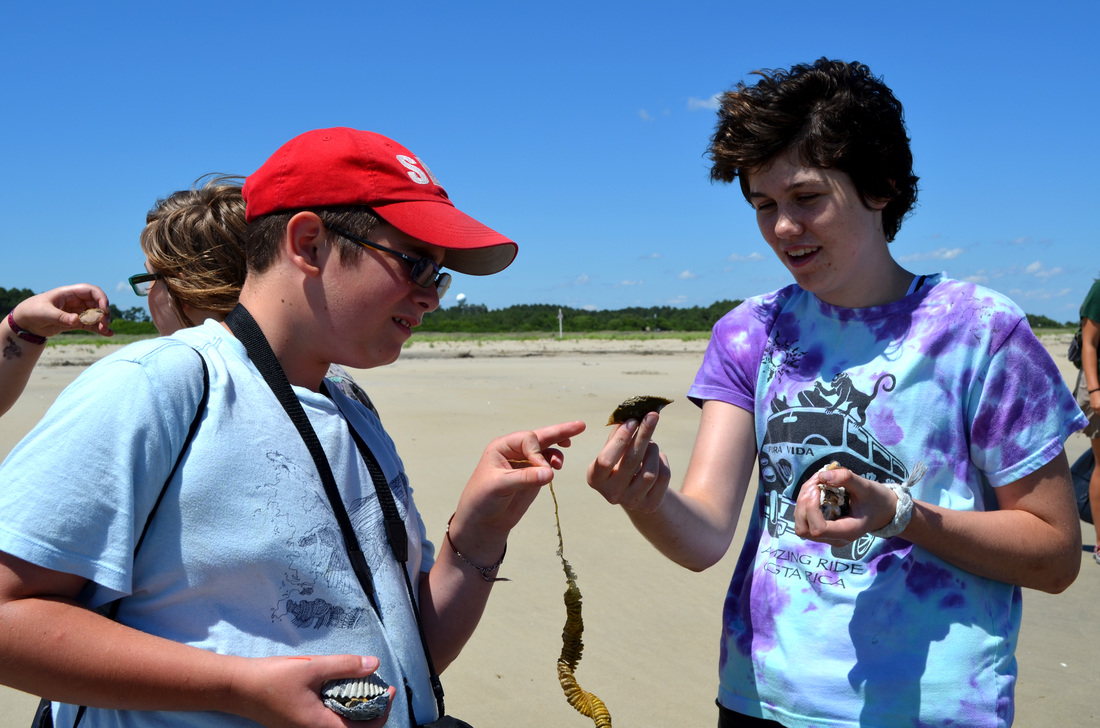

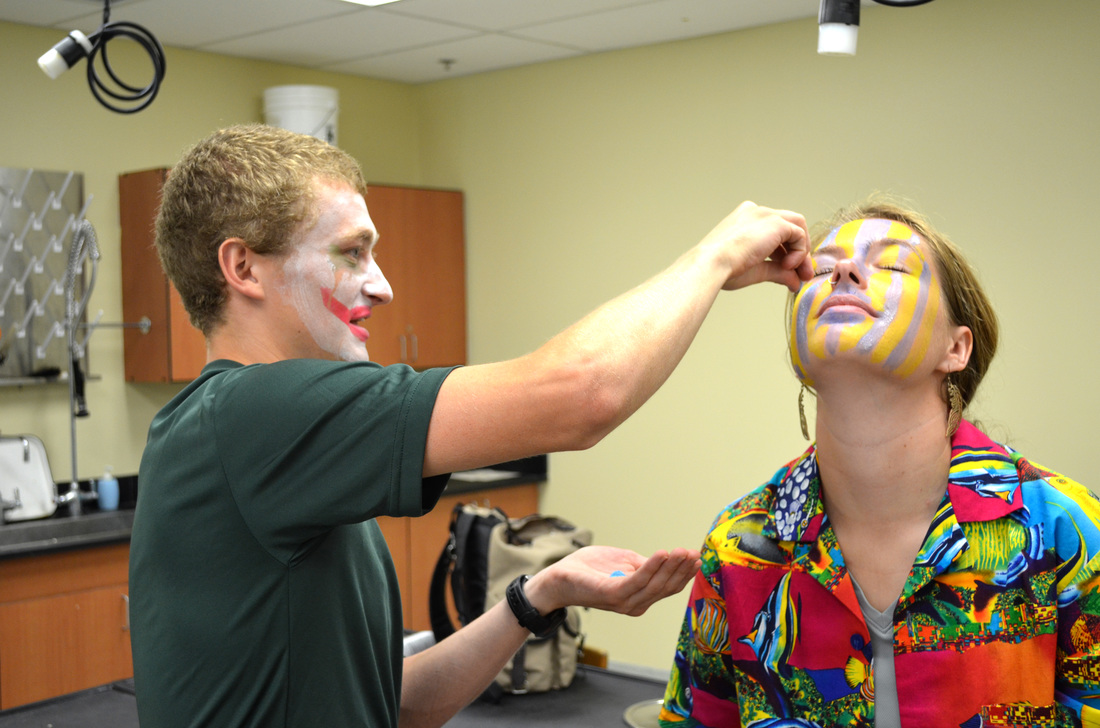
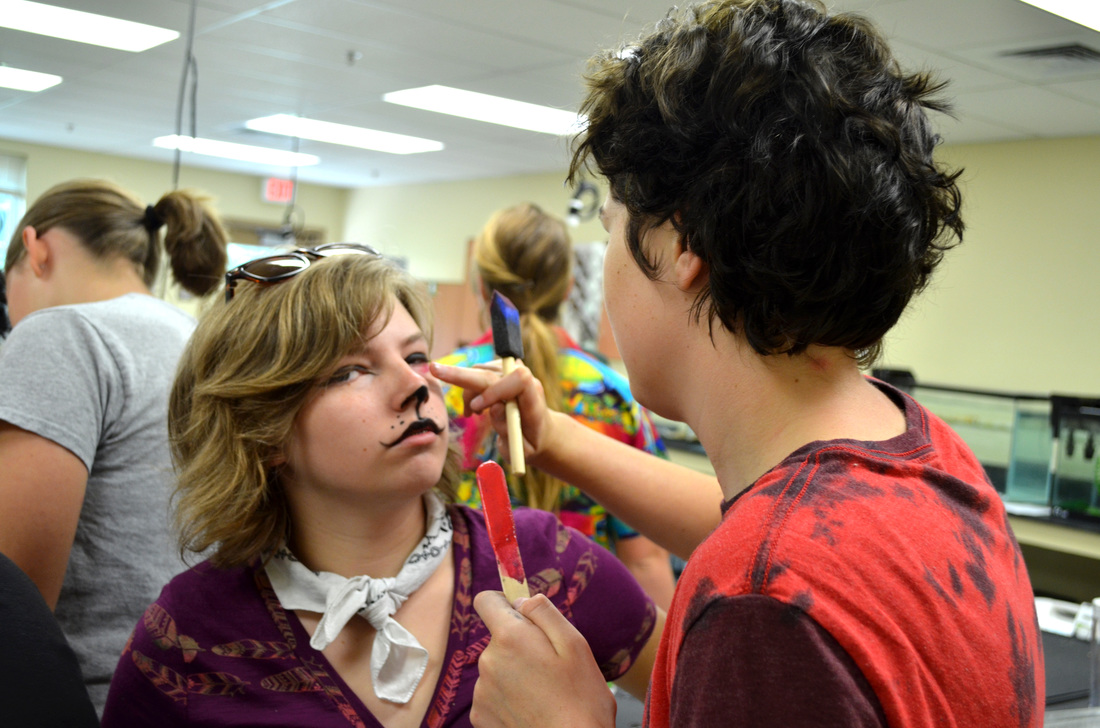
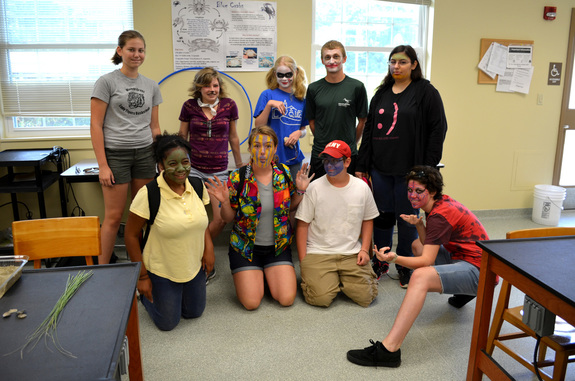
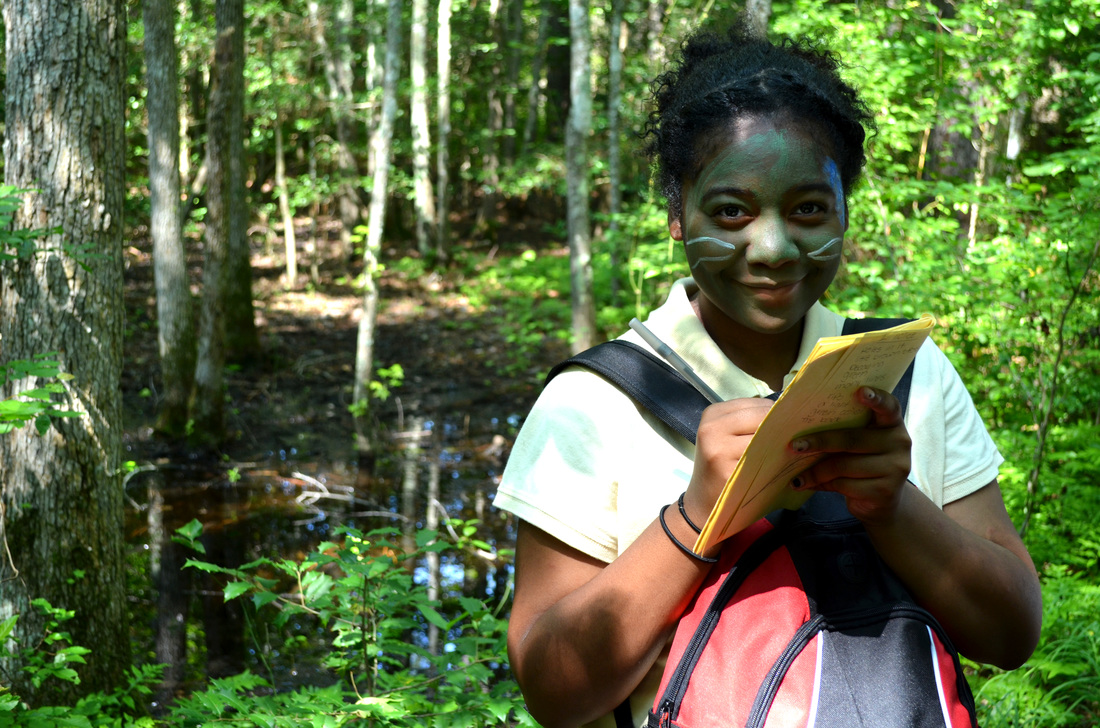
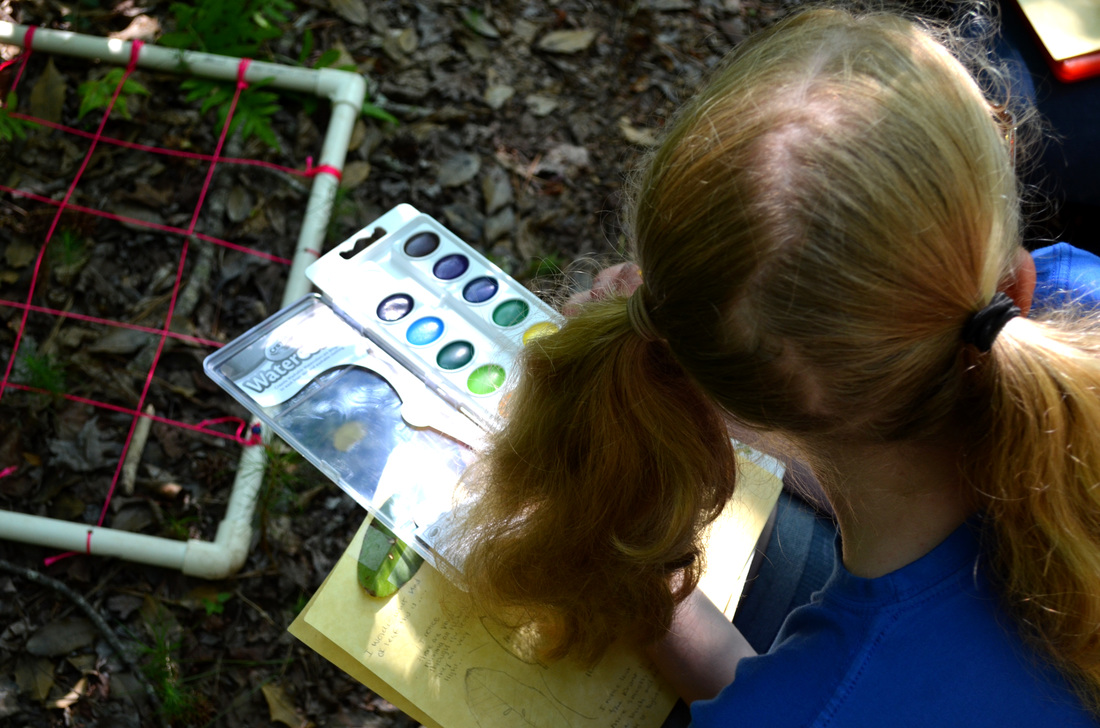
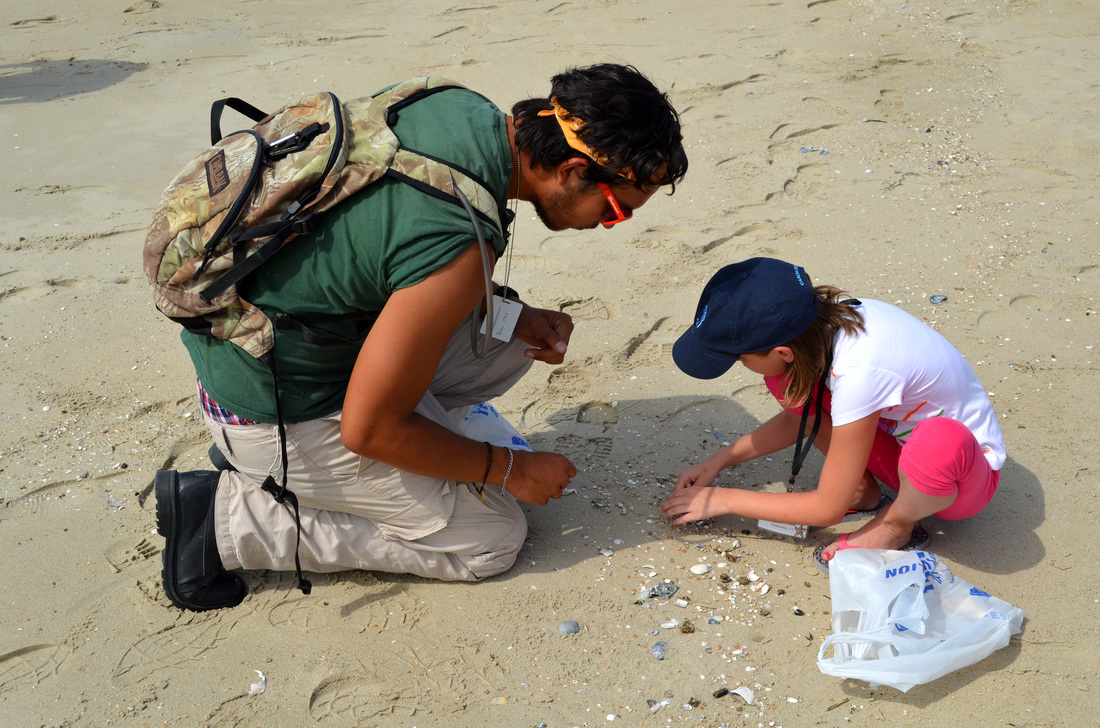
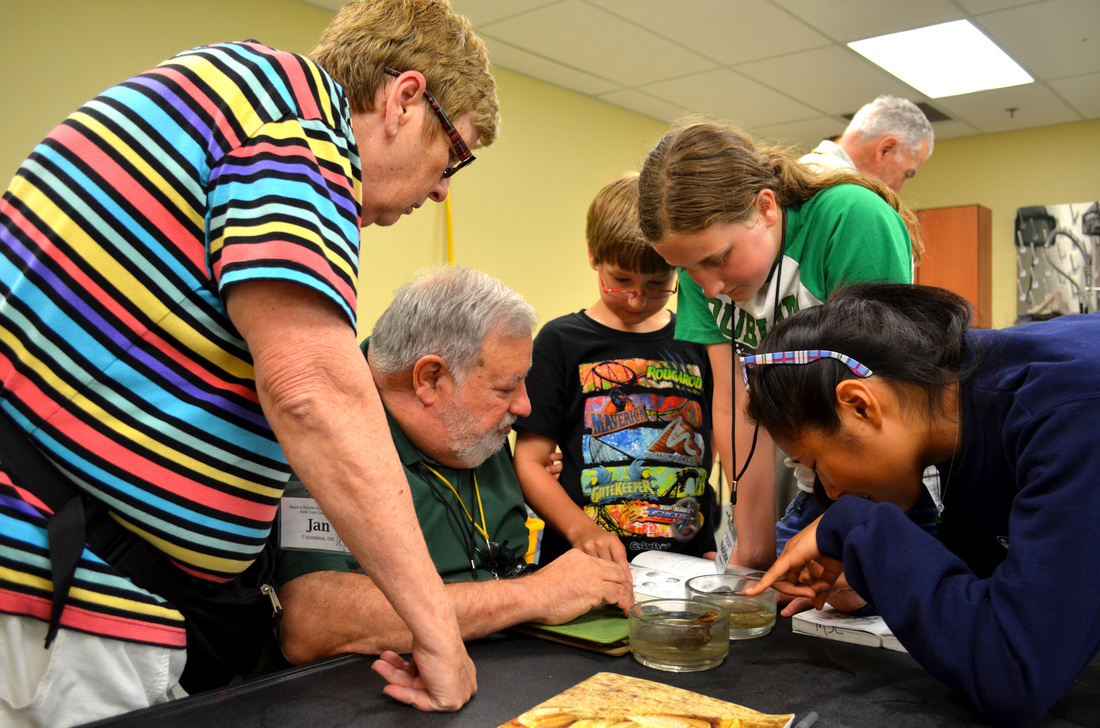
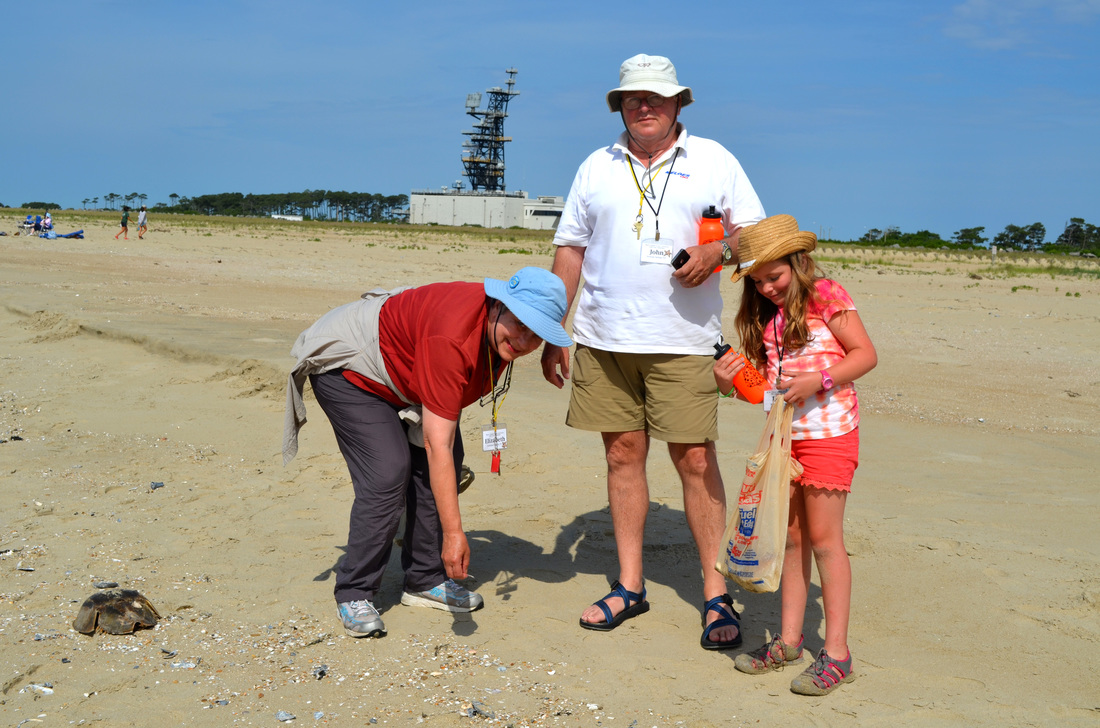
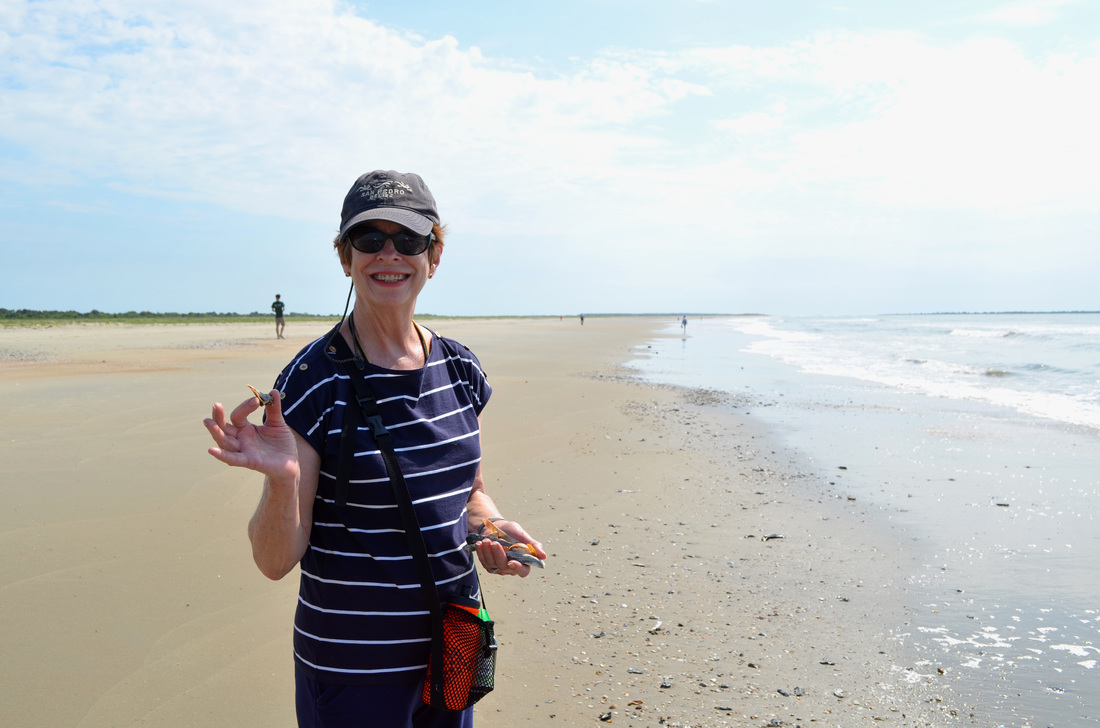
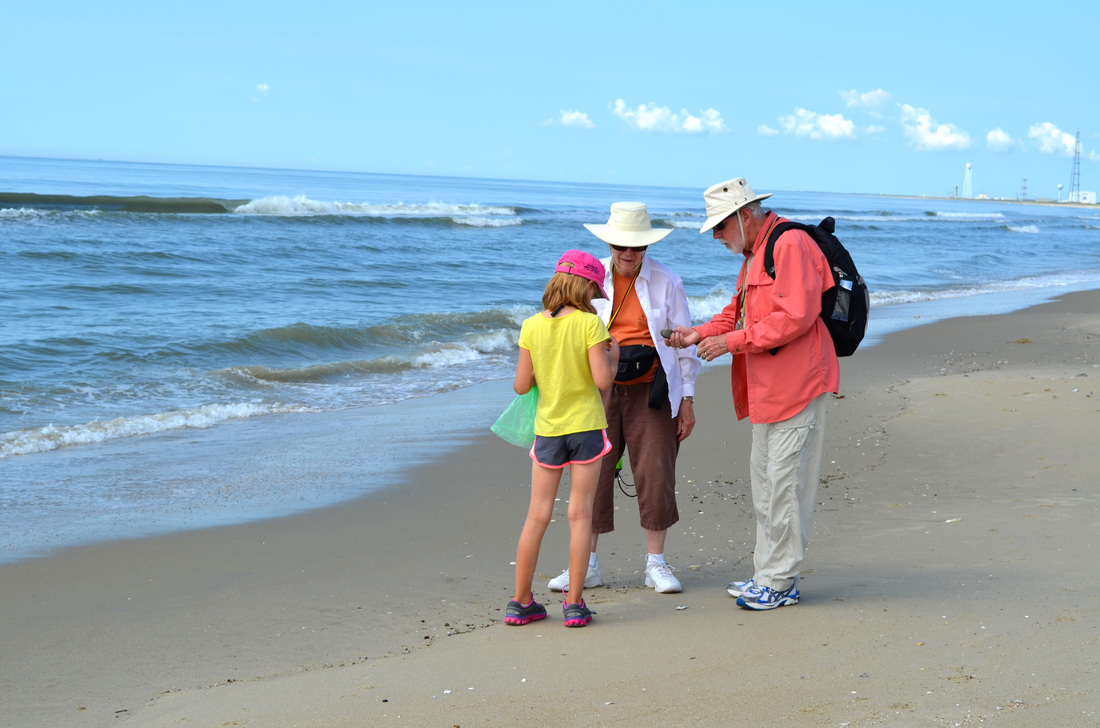
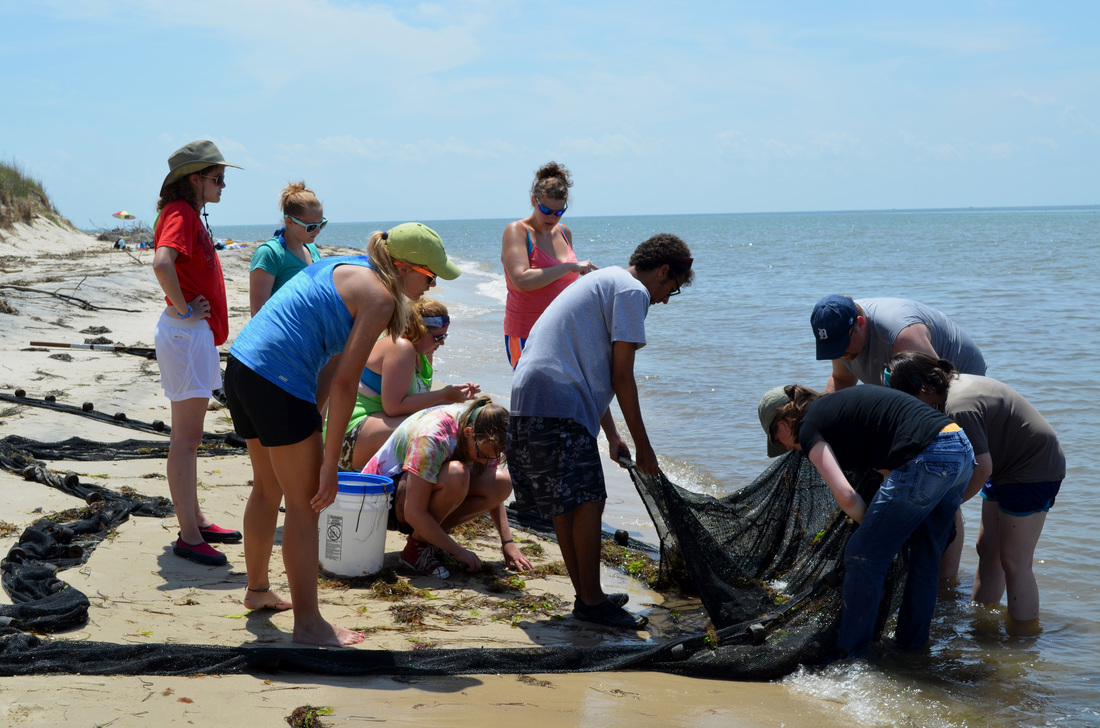
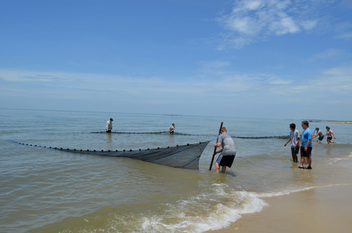
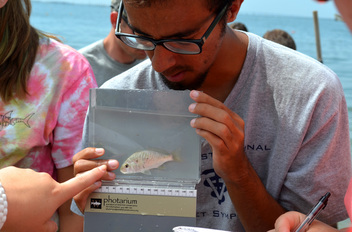
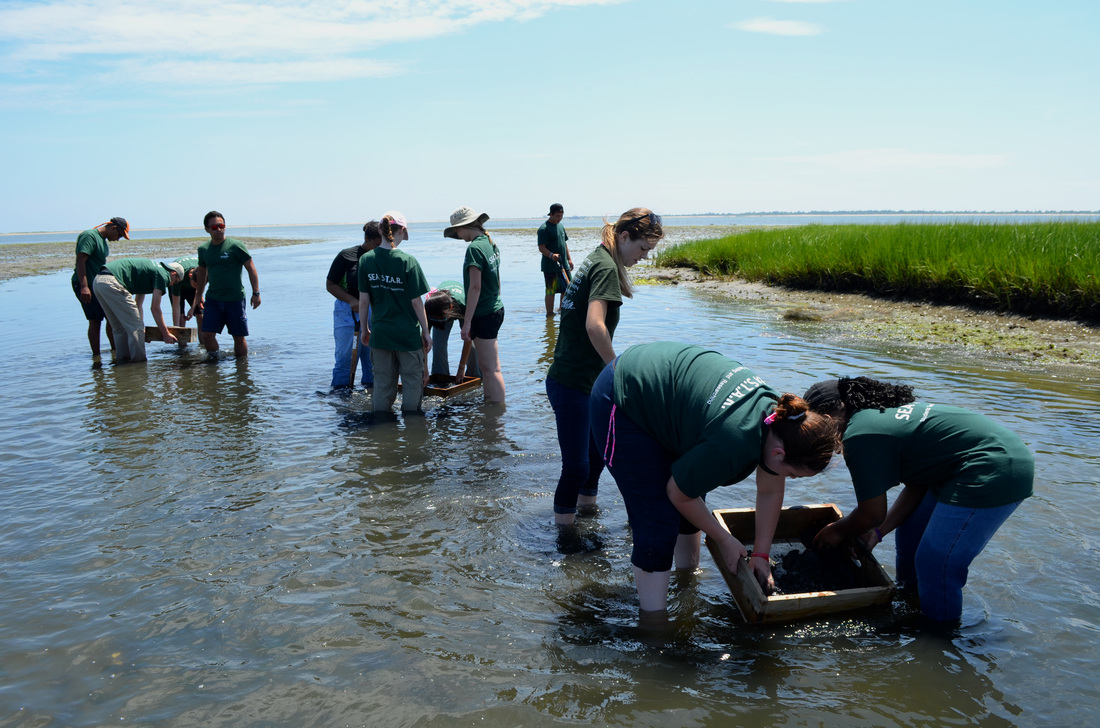
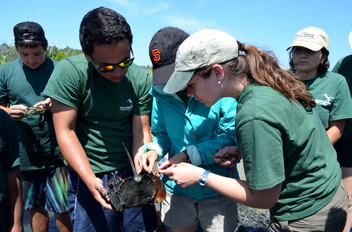
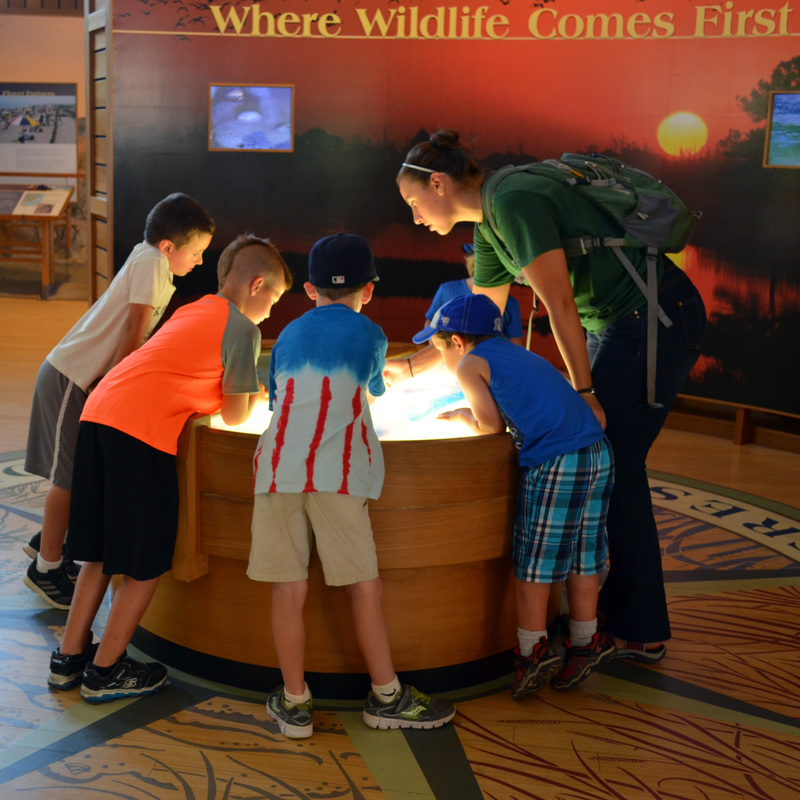
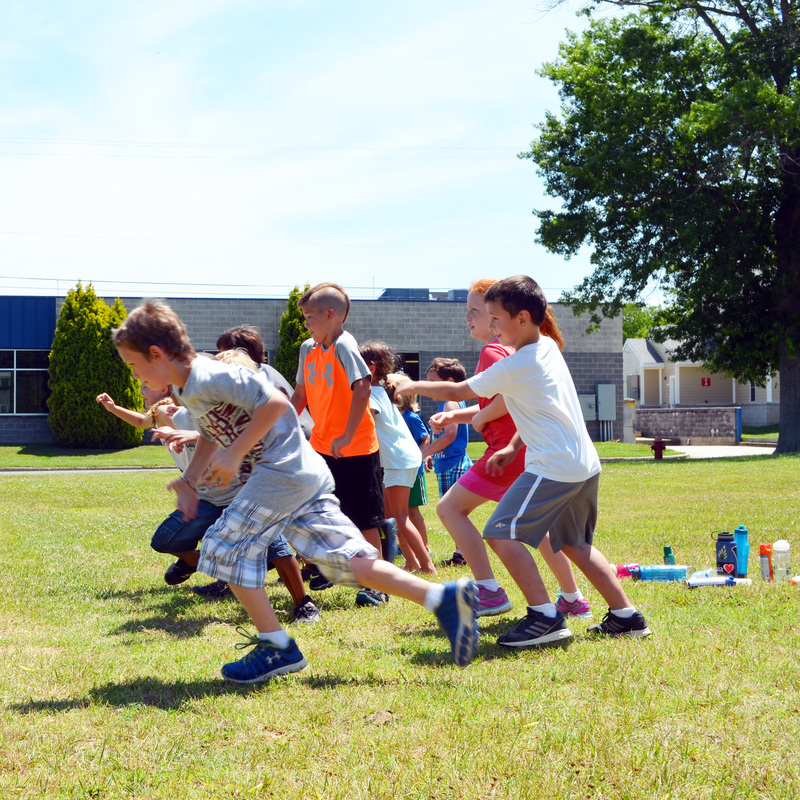
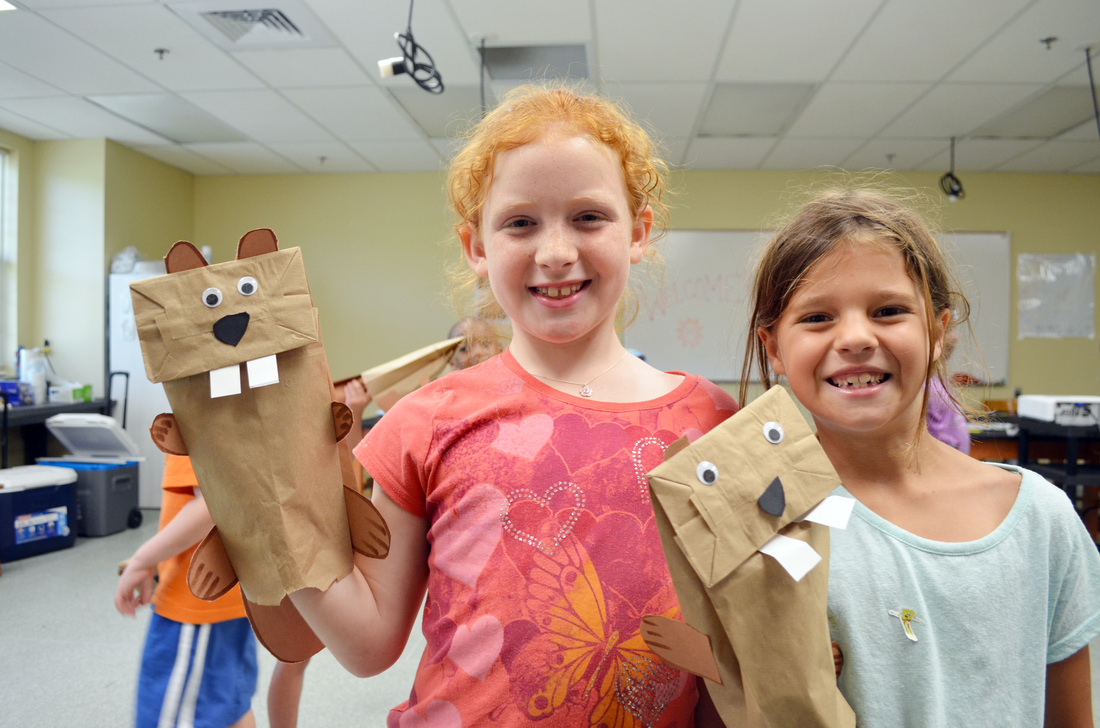
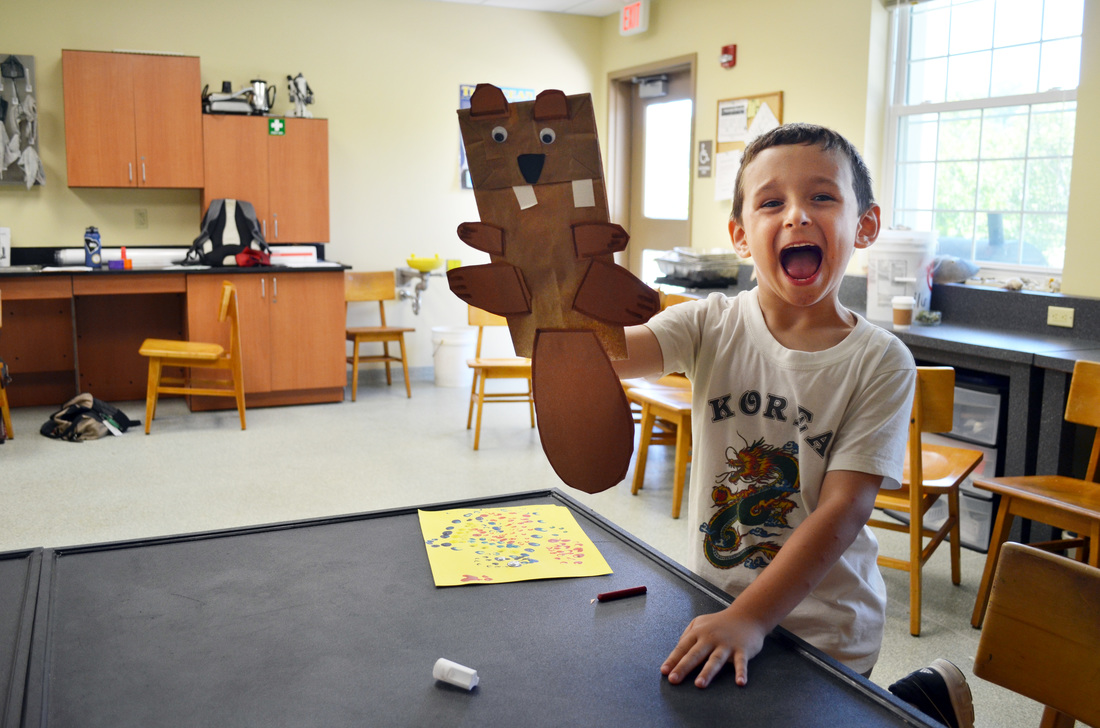
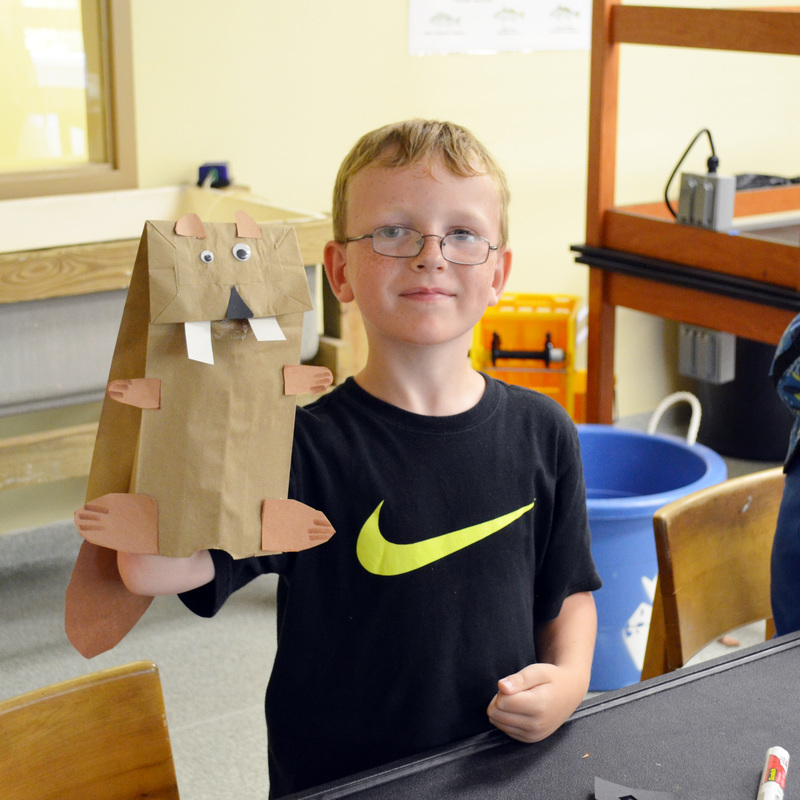
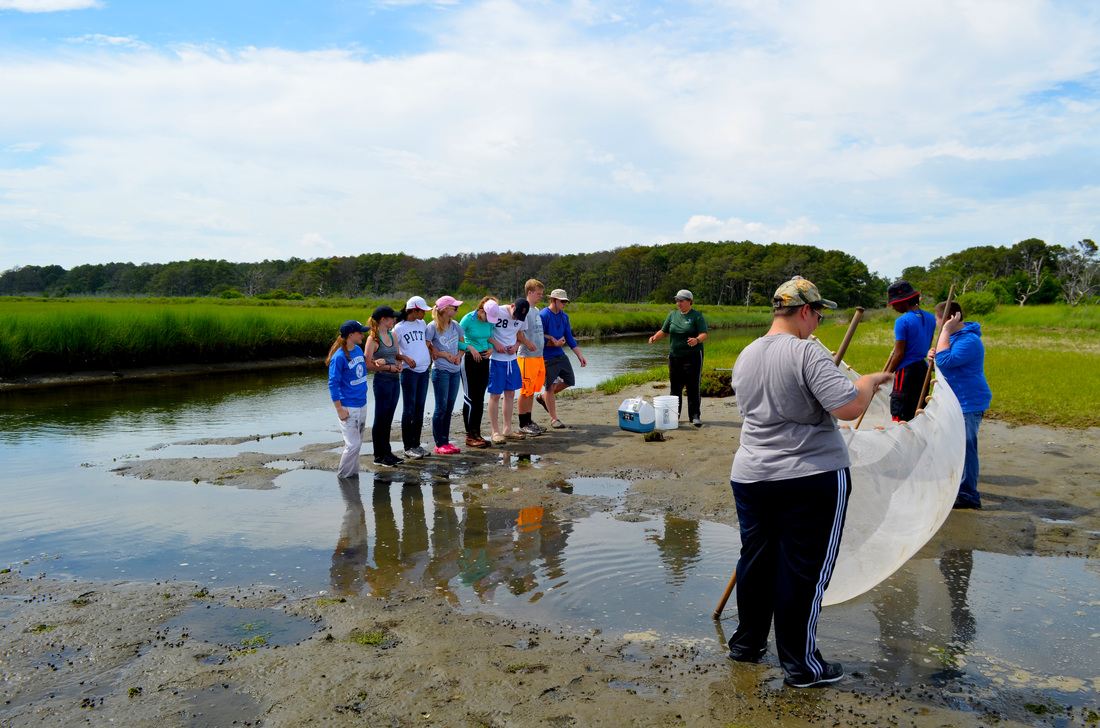
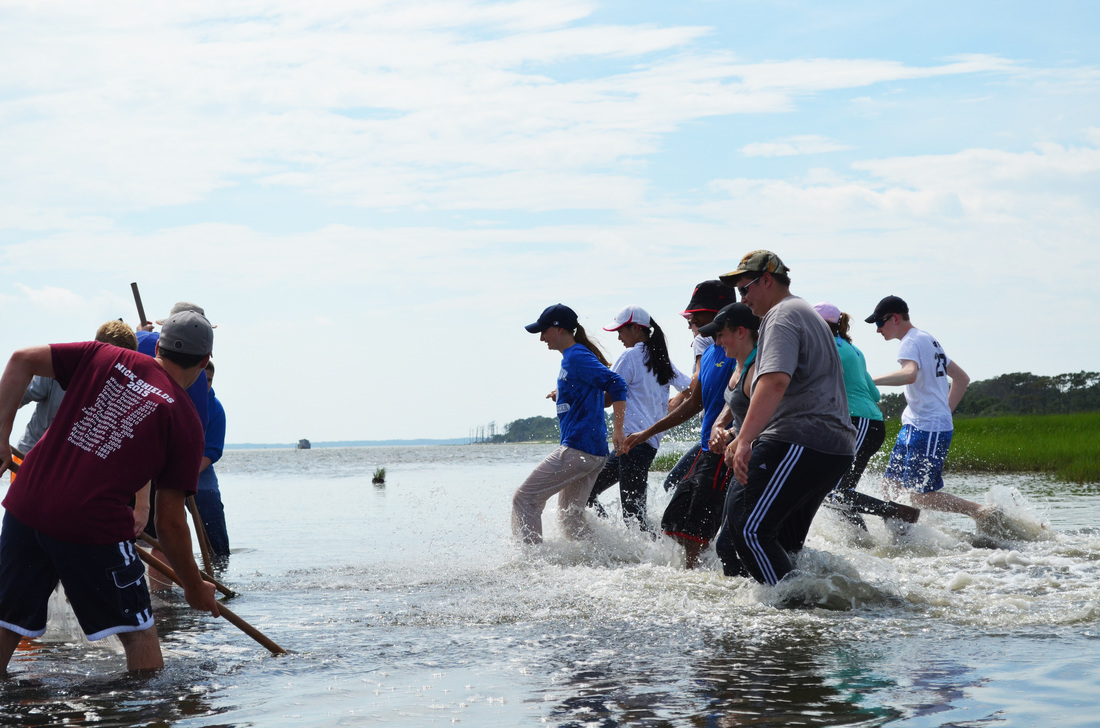
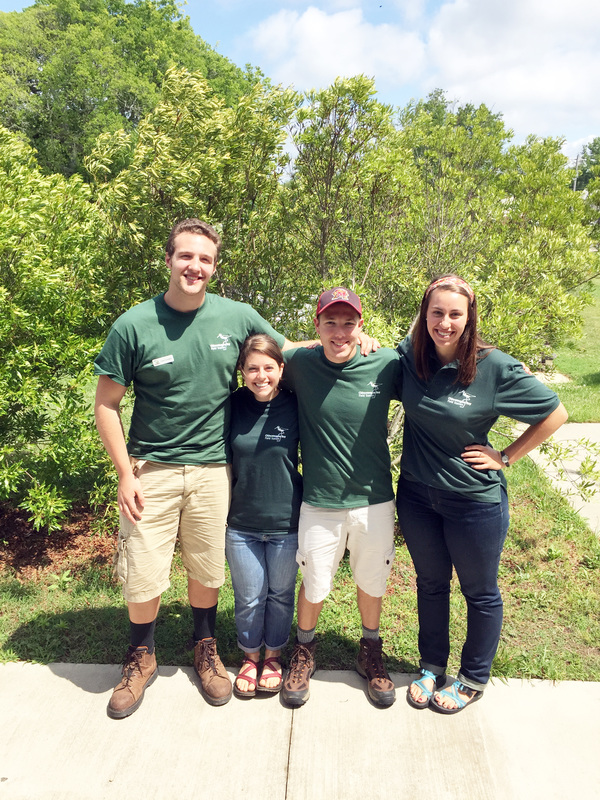
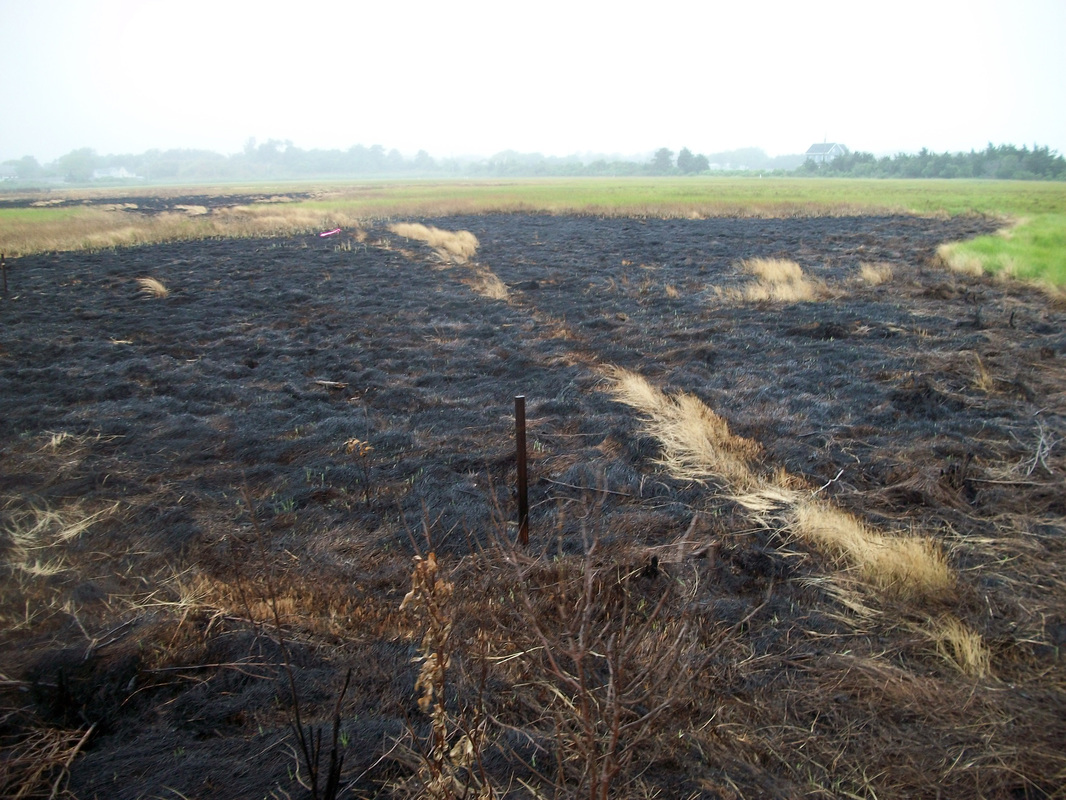
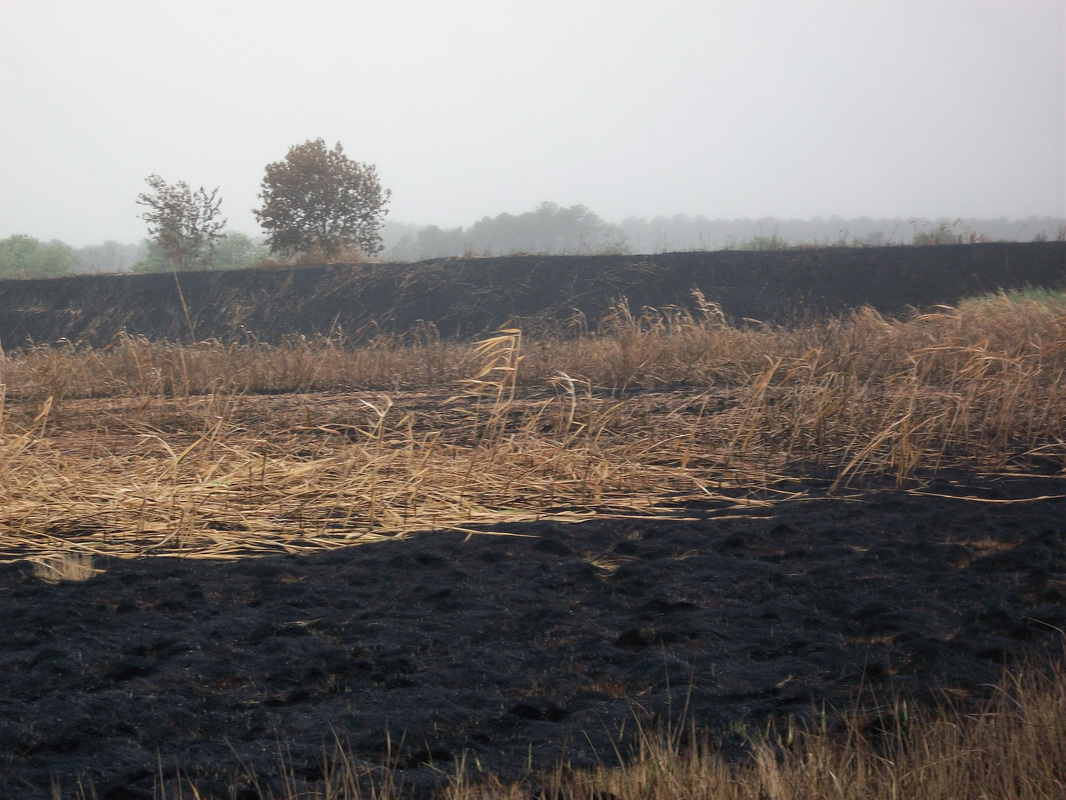
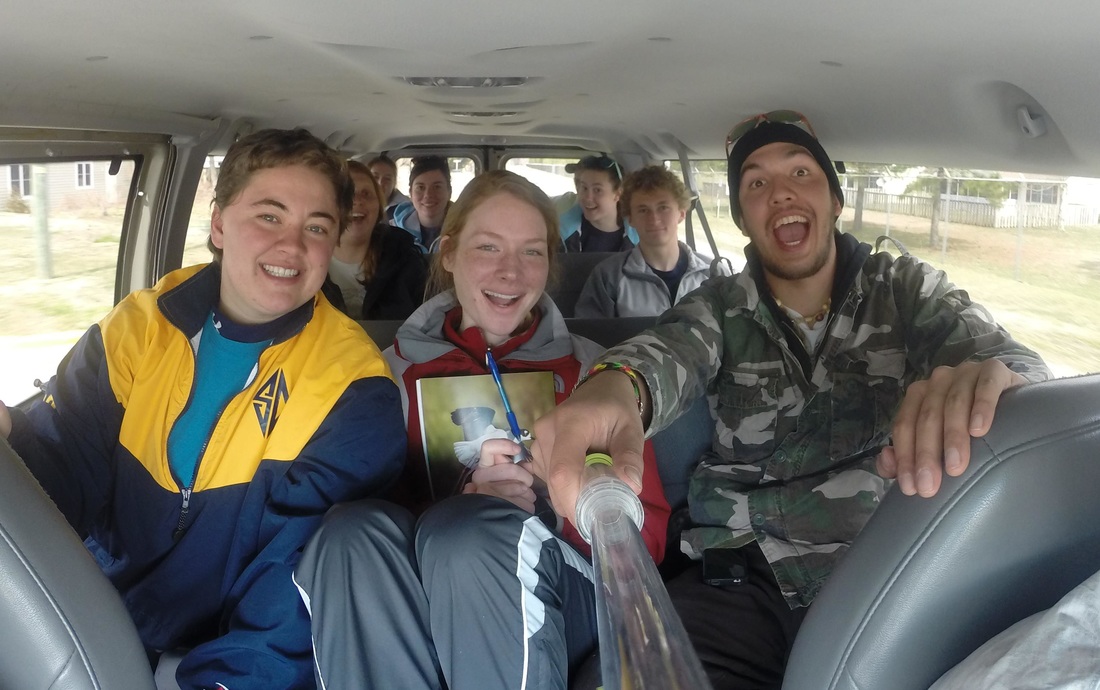
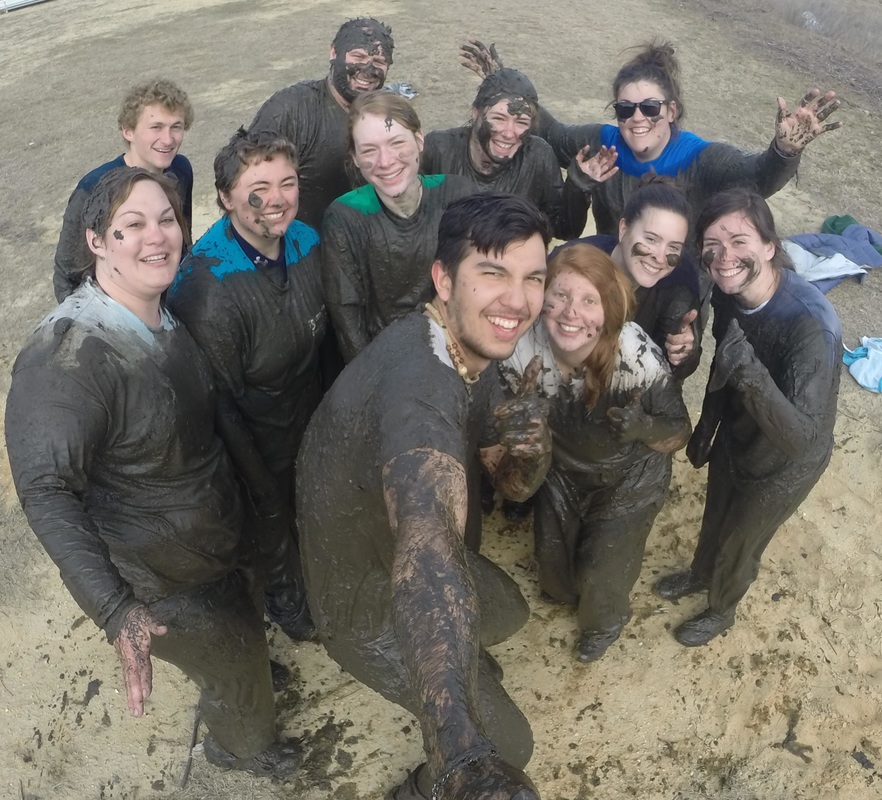
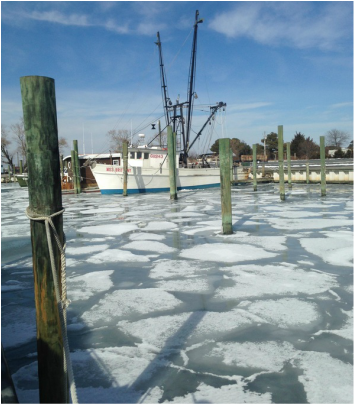
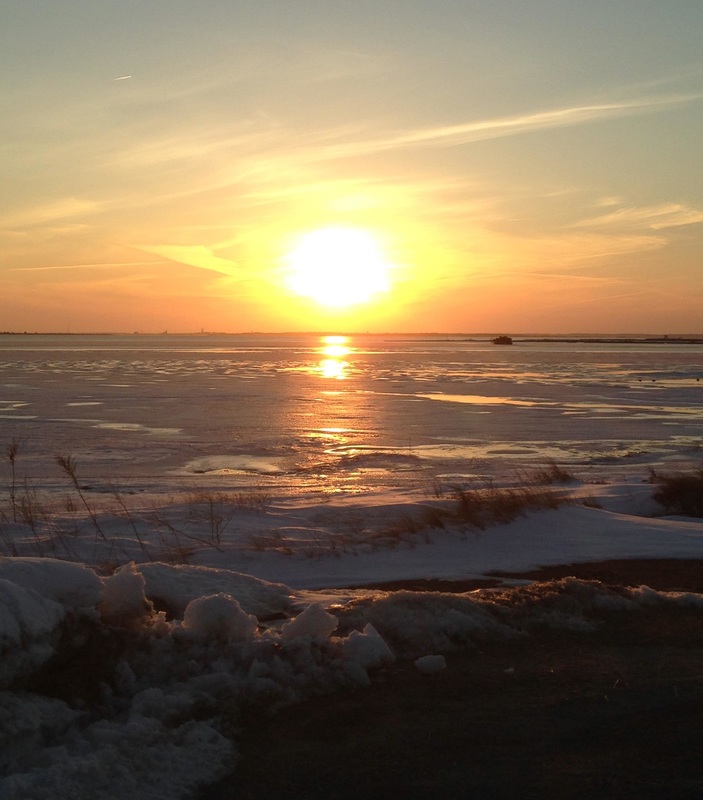
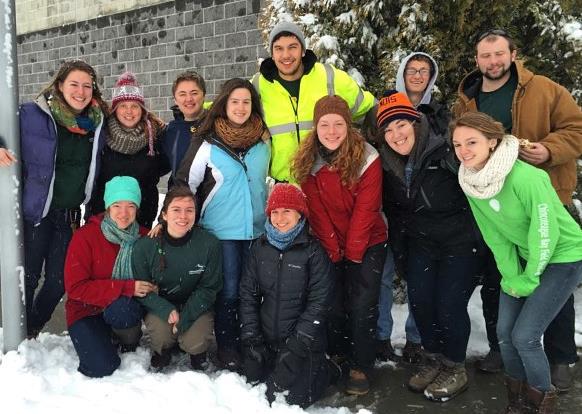
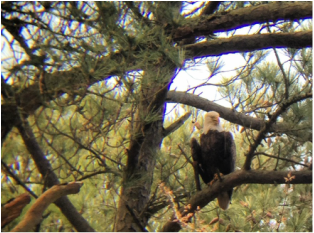
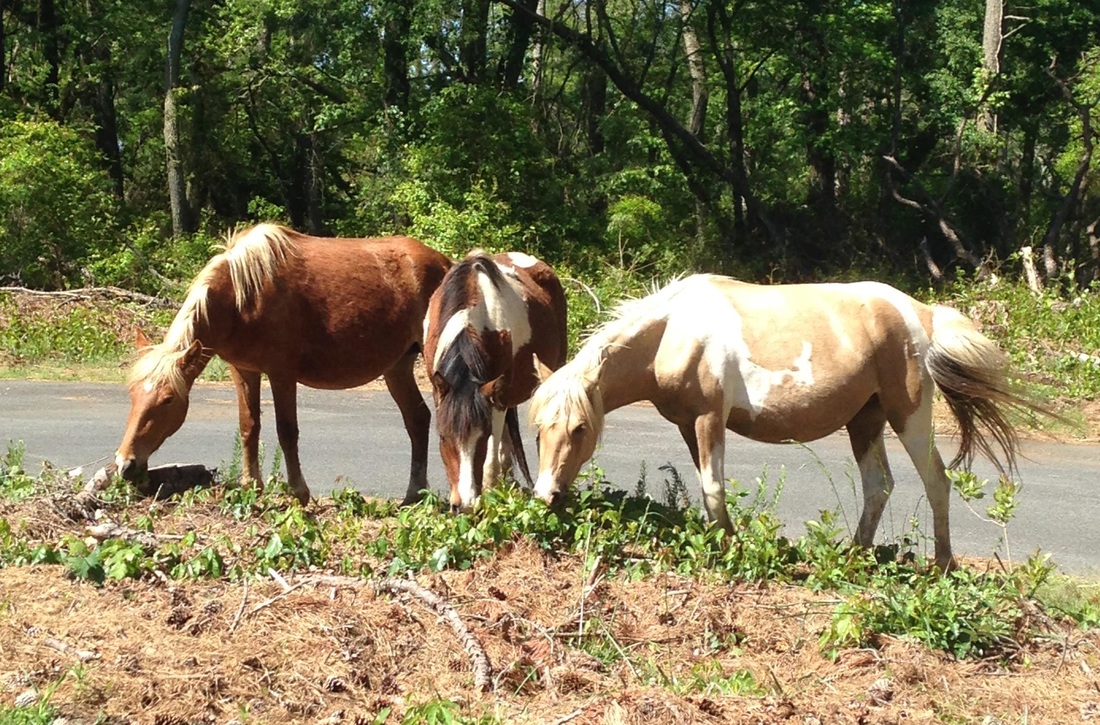
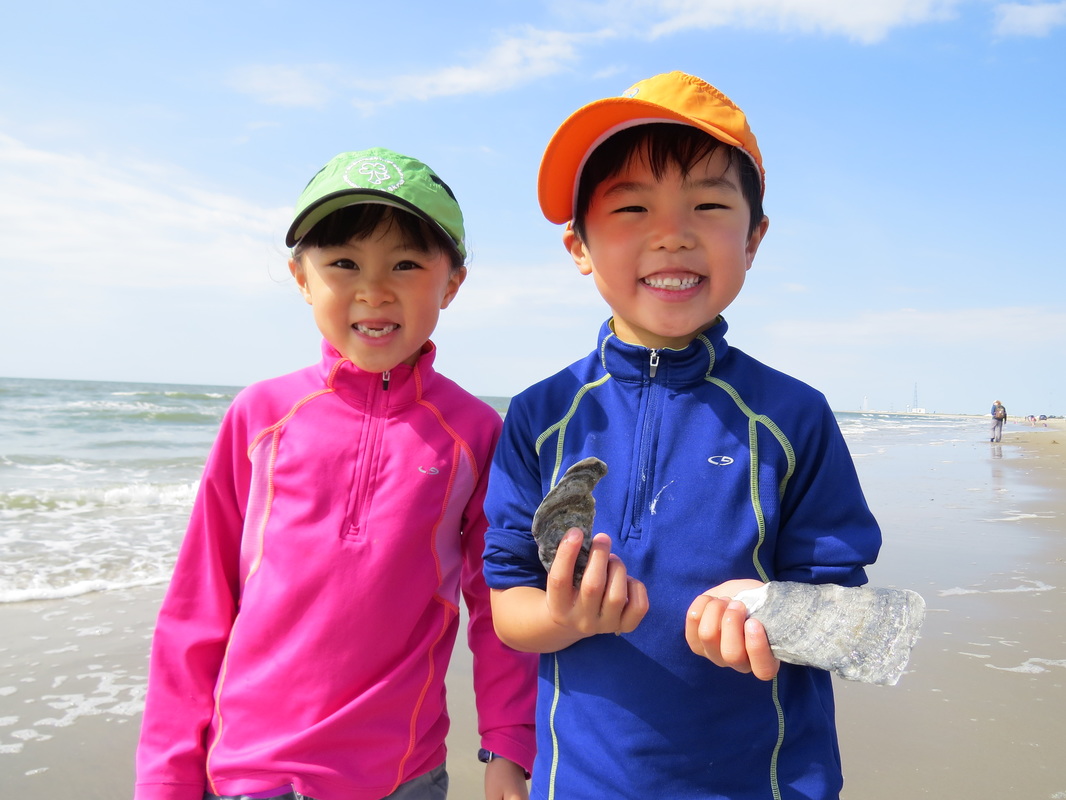
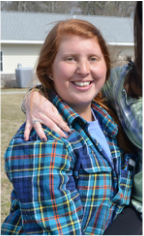
 RSS Feed
RSS Feed

